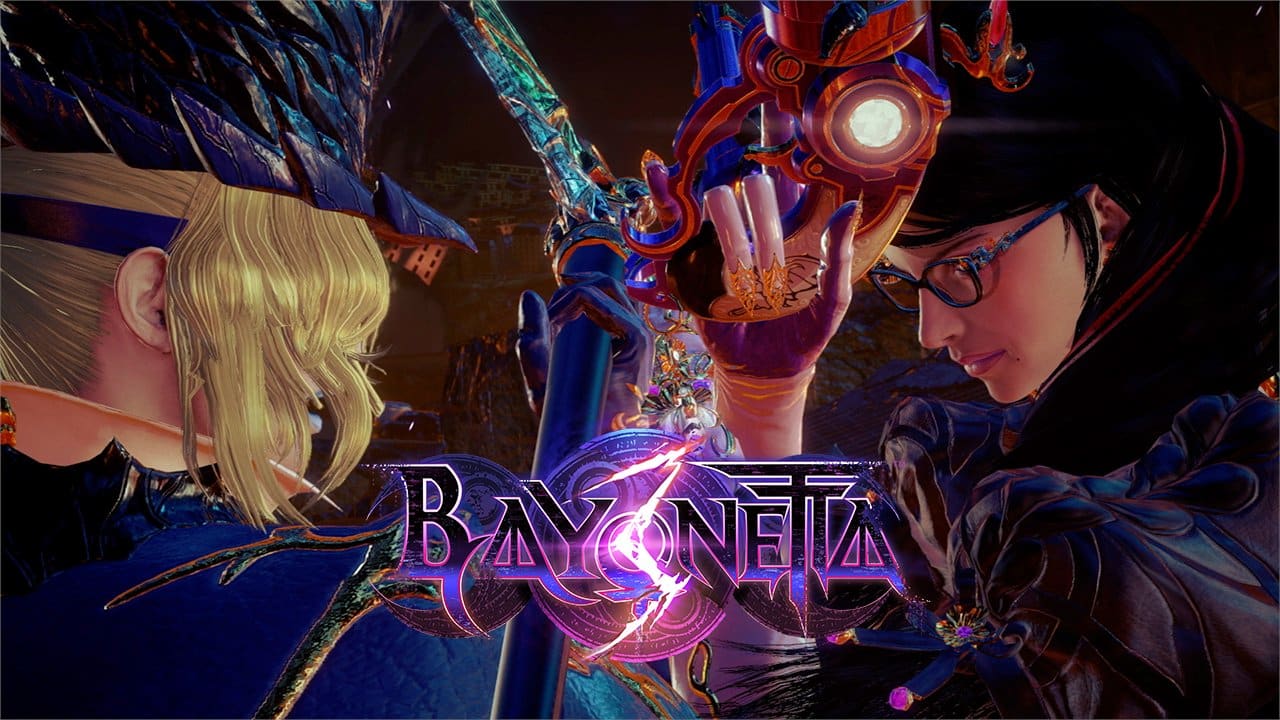
Finally released on the Nintendo Switch, the much anticipated Bayonetta 3 is yet another fantastic title from Platinum Games.
The final game has been tested by Digital Foundry, and although they like it, they are not really thrilled with the technology. In fact, they even go so far as to suggest that they believe the game was intended for a Nintendo Switch system that was more powerful but never actually existed. The resolution of the game is dynamic 810p on a television and dynamic 480p on a handheld device, making both modes sub-HD.

Digital Foundry – Bayonetta 3 highlights
“Let me be clear: Bayonetta 3 is an excellent action game and one that should please series aficionados. The combination of its extravagant set pieces, diversified stage design, and wildly out of control storyline results in something really exceptional. The game also displays an outdated technological foundation that shatters under the strain of its size and breadth. In this game, it seems as if everyone involved was waiting for more advanced technology that never showed up.
“Image quality is poor, textures are often low resolution and muddy, and performance is incredibly unpredictable. Except for the PS3 version of Bayonetta 1, it performs worse than every single Bayonetta release, which is unfortunate. The presentation might perhaps be best summed up as uneven. Depending on the chapter you’re in, the images might be stunning or simply hideous.
Additionally, the series isn’t exactly renowned for its high resolutions, thus overall visual quality is quite poor. In truth, Bayonetta 2 was only available in 720p on the Switch. This is somewhat improved in Bayonetta 3 thanks to the 810p pixel count. However, unlike the previous games, portable mode is below 720p, thus it isn’t very crisp there either. Pixel counts revealed a resolution slightly below 480p. can overlook this given the frame-rate goal, but the combination of the low pixel count, big environments, and poor texture filtering isn’t exactly ideal.
“Bayonetta 3 is a competent action game with some stunning set-pieces, but it’s let down by lackluster graphics and minor camera glitches. It would be simple to ignore the display problems as long as the frame rate is reliable, but sadly, reality isn’t exactly as I had planned. There are no issues since cutscenes maintain the desired 30 frames per second as expected. Unexpectedly, real gameplay is updated at 30 frames per second for the major set pieces; it is obvious that the size of these sequences prevented them from running at 60 frames per second, thus they are simply limited. That makes sense, but a genuine issue is that typical gaming seldom reaches the 60 frames per second mark.













